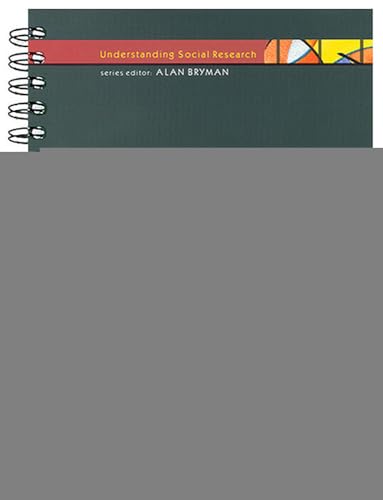

At the community level, closures and service disruptions restricted PEH access to usual spaces and resources to meet basic needs. At the interpersonal level, poor communication between PEH and homelessness service providers led to limited understanding of and poor compliance with COVID safety measures.


At the individual level, PEH experience unique challenges that heightened their susceptibility to COVID-19, including pre-existing physical and mental health conditions, substance use and behavioral health risks, socioeconomic precarity, and low health literacy and COVID-related knowledge. PEH narratives revealed numerous and compounding factors affecting COVID-19 risks and health outcomes among PEH across all levels and domains of influence. Guided by the NIMHD Health Disparities Research Framework, which builds on the socio-ecological model, data was thematically coded using Nvivo12 qualitative coding software and themes were organized by levels of influence (individual, interpersonal, community, societal) and domains of influence (biological, behavioral, physical/built environment, sociocultural environment, health care system). Understanding context-specific challenges, responses, and perspectives of PEH is essential to improving pandemic response and mitigating the long-term consequences of the pandemic on this vulnerable population.Īs part of an ongoing community-based participatory research study in partnership with a homeless service organization in Indiana, semi-structured interviews were conducted with a total of 34 individuals experiencing homelessness between January and July 2021. People experiencing homelessness (PEH) are uniquely susceptible and disproportionately affected by the impacts of the COVID-19 pandemic.


 0 kommentar(er)
0 kommentar(er)
